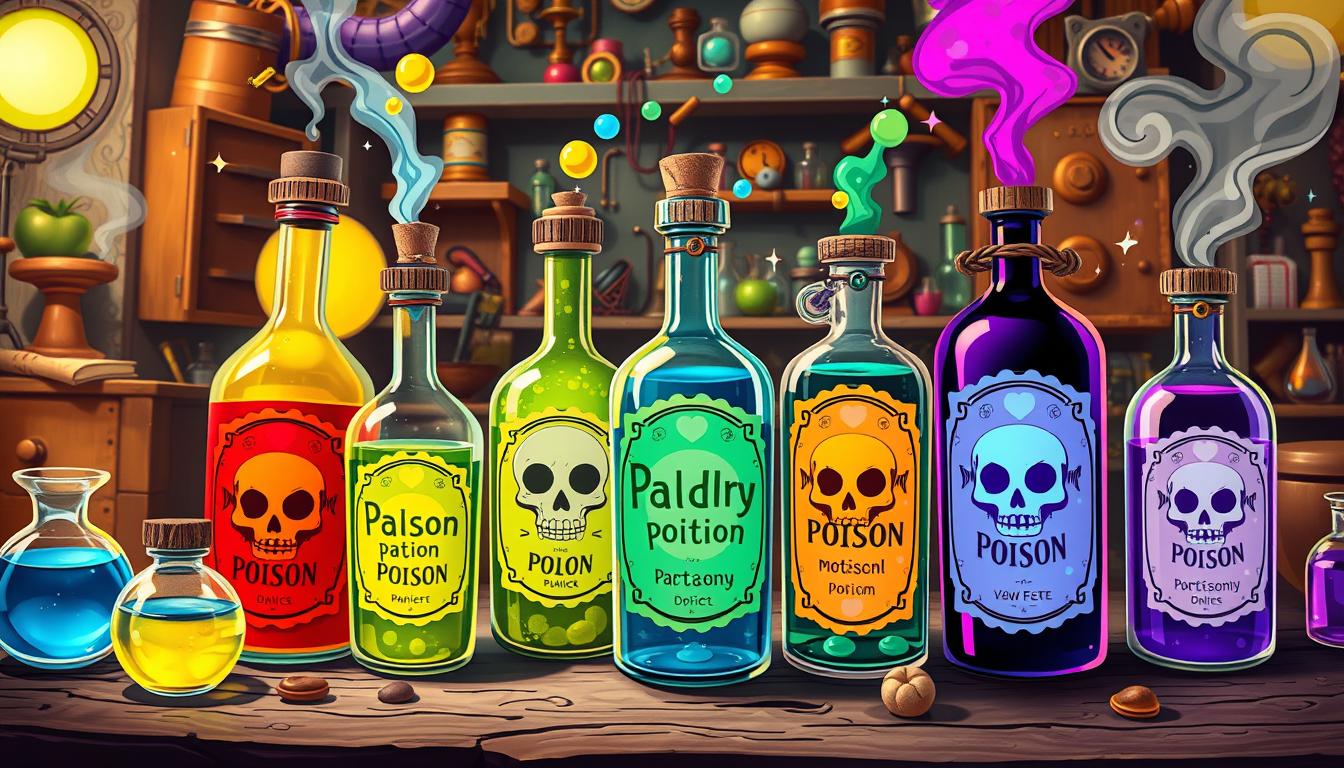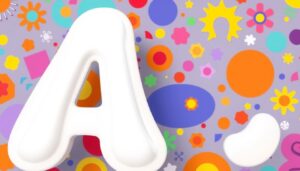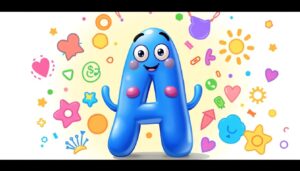
Cartoon Poison Labels: Letters That Spell Danger
In cartoons, poison labels clutch our attention with bold letters. These labels regularly have symbols like the cranium and crossbones. They display threat within the cartoon world.
Looking at how animators use letters to expose danger is thrilling. It shows how they suppose and the way it influences us.

Key Takeaways
- Poison labels in cartoons feature striking lettering to convey danger
- Iconic symbols like the skull and crossbones are commonly used on these labels
- The visual cues of poison labels can have a psychological impact on viewers
- Examining the use of lettering in poison labels provides insights into the creative process
- Toxic substances and hazardous concoctions are often used as plot devices in animated shows
The Allure of Poison Labels in Animated Shows
Lethal concoctions in youngsters’ shows and comedian strips have always fascinated us. Animators use these dangerous brews to make testimonies exciting. They upload suspense and threat to the plot.
The Timeless Appeal of Toxic Substances
From “Acme” potions in Looney Tunes to modern films, those mixtures are key. Their ambitious look and risk spark our imagination. They have captivated us for years.
Lethal Concoctions as Plot Devices
Animators use these brews to pressure the tale and create drama. They upload excitement and tension. Whether it’s a villain’s plan or a hero’s rescue, they make the story unforgettable.

The love for poison labels in cartoons shows animators’ creativity. It additionally indicates our fascination with threat. As we watch animated suggests, those combinations will keep us excited and curious.
Read More Now: letters written on poison in cartoons
Decoding the Symbols: Skull and Crossbones Galore
In animated media, the cranium and crossbones symbol warns of chance and toxicity. It’s a sign that some thing is lethal. Animators use it to reveal the danger of potions and concoctions of their stories.
By the usage of this image, animators get a short reaction from their target market. It makes the story extra thrilling and irritating. The skull and crossbones warn of the risks of touching or ingesting the poisonous stuff shown.
- The skull and crossbones symbol is common in poison labels and poisonous symbols in cartoons.
- Animators use it to quickly show the danger of the substances in their stories.
- It makes the audience feel cautious and scared, adding to the story’s tension.
The skull and crossbones in lively media warn of hazard. They additionally display our fascination with the dark and forbidden. These poisonous symbols in cartoons seize our attention. They make us think about what is safe and what’s no longer, even as warning us of the dangers.

letters written on poison in cartoons
The letters on poison labels in cartoons are key to the tale. They display the hazard and energy of what is proven. Animators pick bold fonts to make things seem horrifying and urgent.
From the sharp letters in Looney Tunes to the cutting-edge look in new movies, these signs are critical. They assist us see the dangers within the cartoon global.
The letters written on poison in cartoons and caution labels in lively indicates are more than seems. They make the chance clear and thrilling. They snatch our interest and make us feel the hazard.
Iconic Lettering and Typography Choices
Some letter patterns are famous in caricature poison symptoms. The cranium and crossbones with formidable textual content is a clear threat sign. Others use clean fonts to appearance clinical and specific.
- Aggressive, angular lettering to create a sense of urgency and threat
- Sleek, modern typography to evoke a clinical, scientific aesthetic
- Iconic skull and crossbones logo as a universal symbol of danger
The letters written on poison in cartoons and warning labels in lively suggests are a robust visual language. They set the temper and experience of the caricature international. These designs are essential to the tale, making it more exciting and real.

Poisonous Potions in Children’s Cartoons
Deadly concoctions and hazardous brews in youngsters’ cartoons and comics are very exciting. Animators mix a laugh and learning via including these elements. They make the story more interesting and educate kids about dangers.
In youngsters’ cartoons, we see toxic potions with cool colorings and textures. They have labels with symbols like the cranium and crossbones. These symbols warn youngsters approximately the dangers of these materials.
This mix of fantasy and hazard makes the tale extra enticing. It makes youngsters curious approximately what might appear next. This manner, creators train kids about protection even as wonderful them.
FAQ
What role do poison labels play in the world of cartoons?
Poison labels in cartoons grab attention with bold letters and symbols like the skull and crossbones. They show danger and toxicity quickly. This makes the story more exciting and tense.
How do animators use lethal concoctions as plot devices?
Animators use toxic substances to move the story along and add suspense. From “Acme” potions in Looney Tunes to sinister mixes in modern films, these elements are key in cartoons.
What significance does the skull and crossbones symbol hold in animated media?
The skull and crossbones symbol is a clear sign of danger in cartoons. It’s used to show the deadly nature of substances. This taps into the audience’s fears, making the story more intense.
How do the typography and lettering choices on poison labels contribute to the storytelling in cartoons?
The letters on poison labels are key to the story. They show the danger of the substances. Animators choose bold fonts to make the threat clear, shaping how we see the cartoon world.
How do cartoons balance the portrayal of poisonous substances with the needs of their young audiences?
Cartoons show poisonous substances in a way that’s both fun and educational. They use these elements to make the story exciting. But they also teach kids about real dangers, making it both thrilling and safe.




